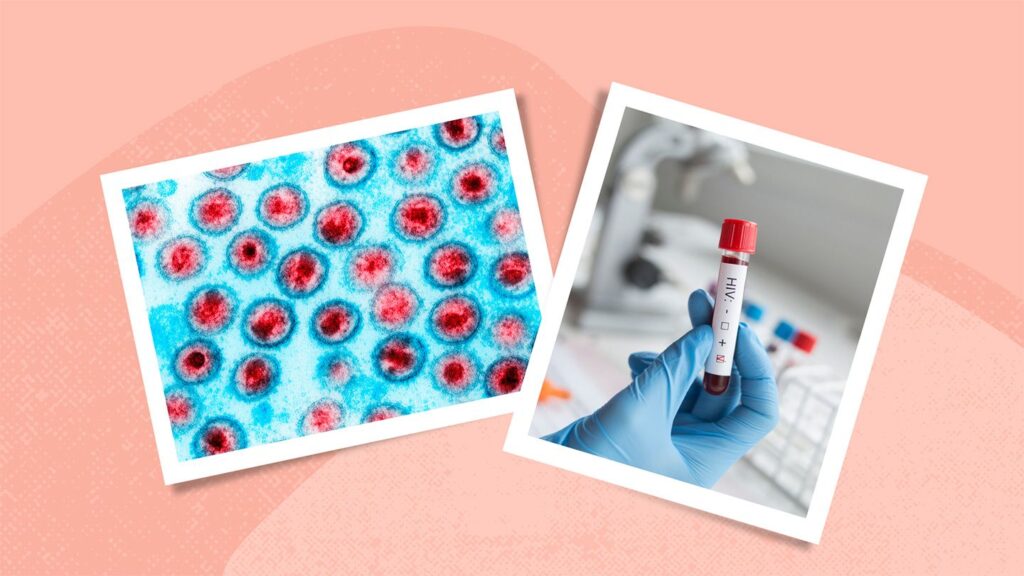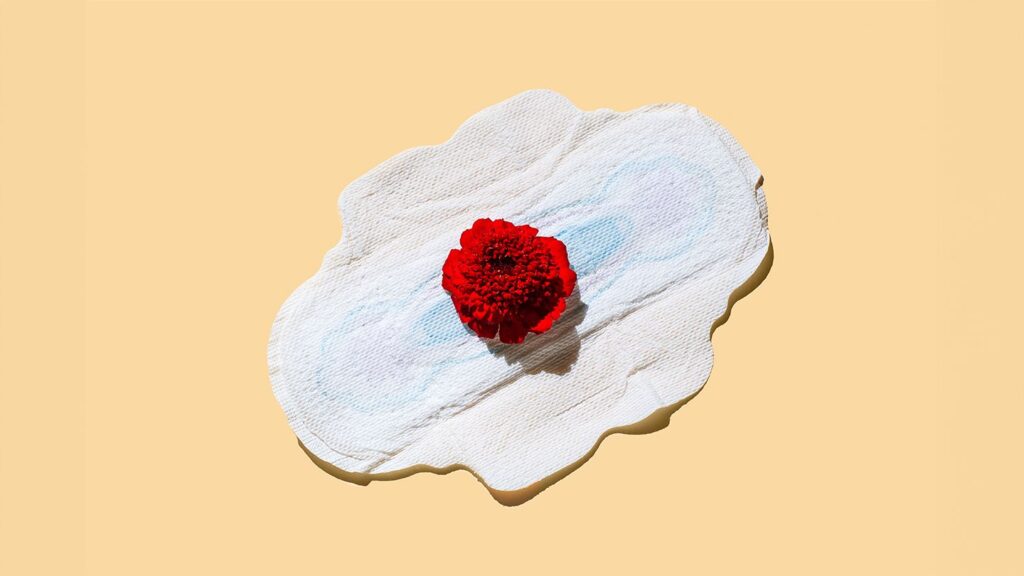While there’s no one-size-fits-all remedy for sharp lower back pain, there are some common approaches you can try that may help. That’s why your best bet when sharp lower back pain persists is to seek medical attention, says Freid.
“I highly recommend seeing a doctor of physical therapy for a full assessment of your back pain,” Freid says. “They will be able to help you narrow down the root cause of your pain and use interventions like pain management techniques and exercise to help improve your quality of life. They can also help recommend the appropriate medical doctor if they feel like an MRI or X-ray is appropriate, or if you need to see a specialist for a systemic issue.”
Medications for Back Pain
Nonsteroidal anti-inflammatory drugs (NSAIDs)
Muscle relaxants
Antidepressants
Opioids
Physical Therapy for Back Pain
Most medications aren’t that helpful for sharp lower back pain, which is one reason why you may want to first consider options such as spinal manipulation, massage, acupuncture, yoga, or tai chi, says Goertz. “These strategies have similar outcomes, so patients can choose what they think would work best,” she says.
“Physical therapy is a great first step to treating musculoskeletal back pain and developing an exercise program to help prevent flares of back pain,” Dr. Rodericks says. “Generally, I recommend a core strengthening program.”
Depending on the root cause of your sharp lower back pain, treatment may include physical therapy that focuses on exercises to improve strength, mobility, and posture, Freid says. This might be paired with options like electronic stimulation (e-stim) therapy that uses a mild electric current to reduce muscle pain or infrared light therapy to reduce muscle inflammation, Freid adds.
Home Remedies and Lifestyle Adjustments for Back Pain
“Generally, gentle movement is better for back pain as opposed to bed rest, which was commonly recommended in the past,” Rodericks says. Gentle stretches, yoga, and Pilates can all help.



